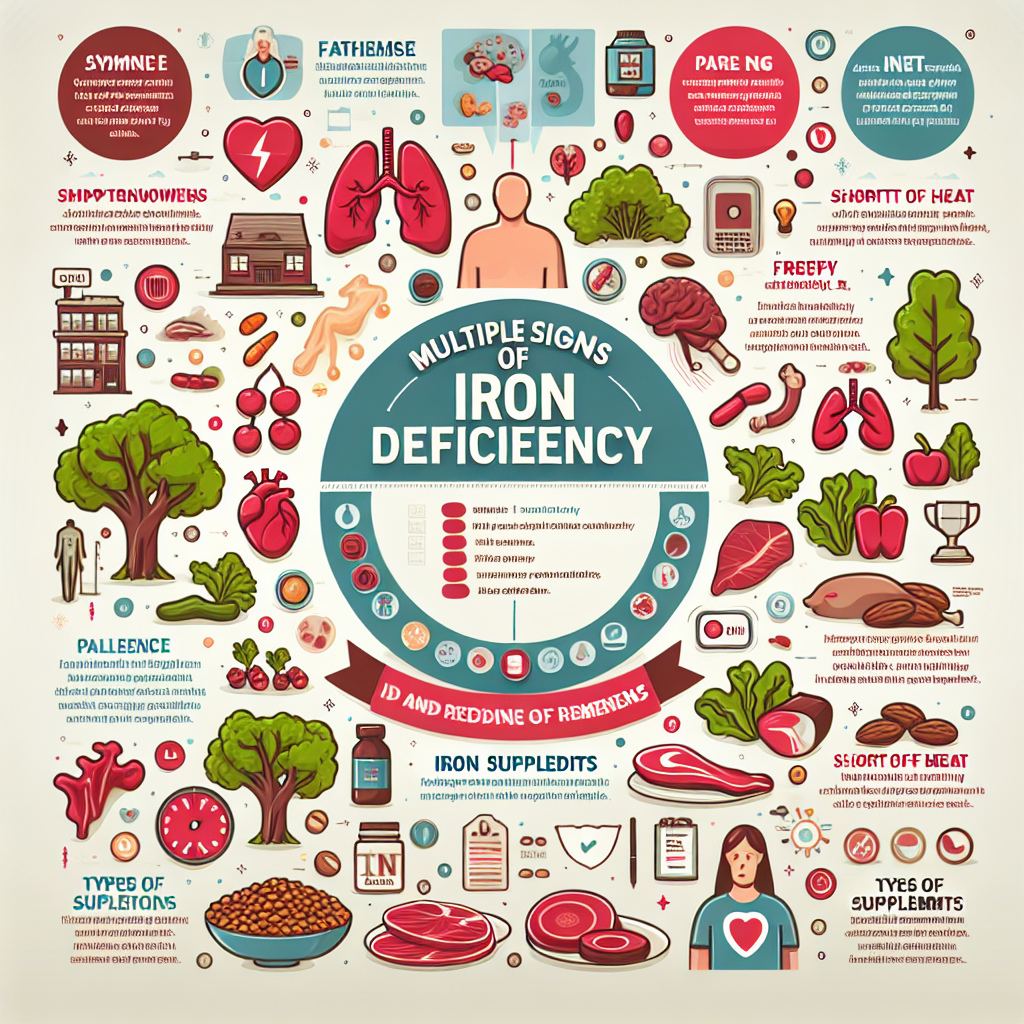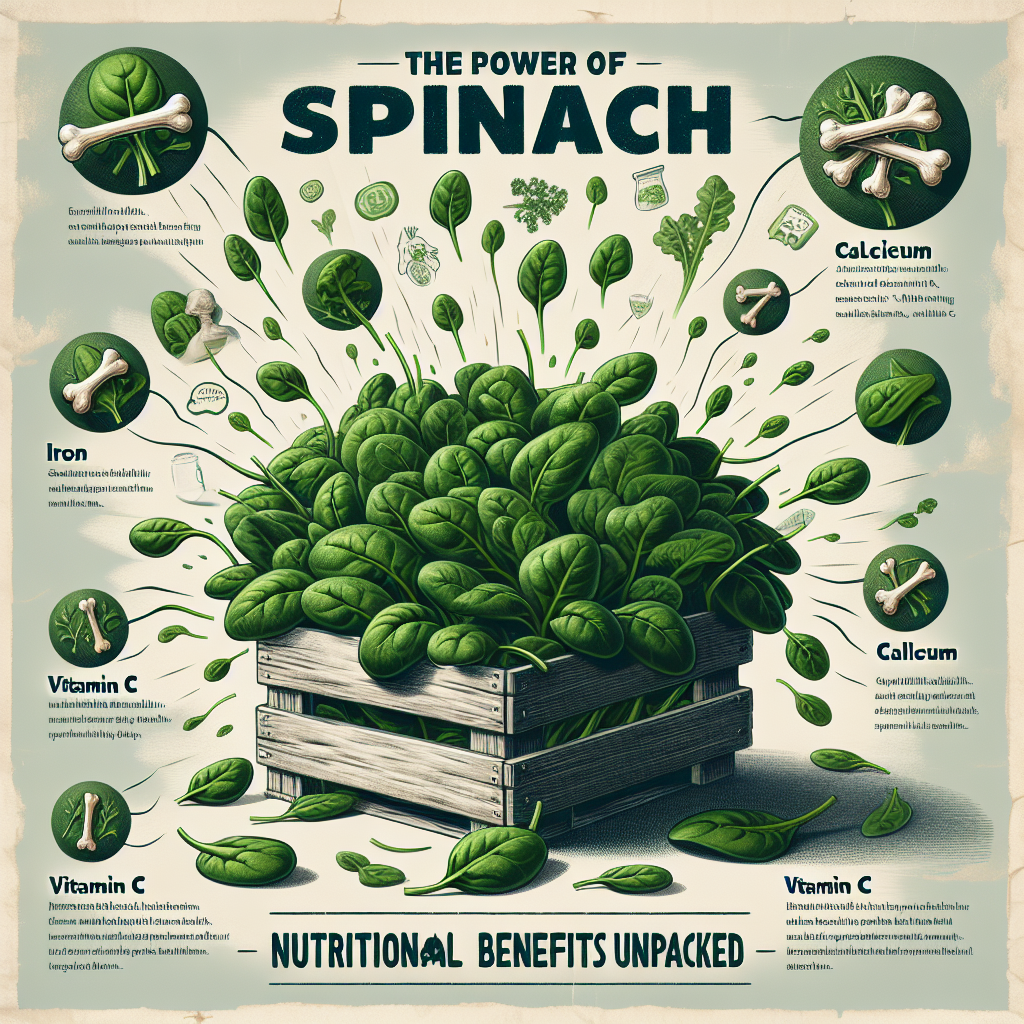Signs indicating iron deficiency and remedies
1. Introduction to Iron Deficiency
Iron deficiency is one of the most common nutritional deficiencies worldwide, affecting around 1.62 billion people globally, according to the World Health Organization. Iron plays a crucial role in producing hemoglobin, the protein in red blood cells that carries oxygen throughout the body. Without sufficient iron, various bodily functions can be hampered, leading to a range of symptoms and health issues. Understanding the signs of iron deficiency and knowing how to remedy it can significantly improve one’s overall health and well-being.
2. Common Signs of Iron Deficiency
Many symptoms may indicate iron deficiency. Some of the most common signs include fatigue, pale skin, brittle nails, shortness of breath, dizziness, and headaches. Each of these symptoms can have various causes, but if they occur together or persist over time, it is essential to consider iron deficiency. For example, fatigue affects over 40% of the general population at some point, and those with iron deficiency often report feeling more tired than usual. Pallor can be a noticeable sign, often recognized in individuals whose skin appears lighter than normal.
3. Fatigue and Weakness
One of the primary signs of iron deficiency is extreme fatigue. Iron is essential for producing hemoglobin, so when iron levels are low, the body struggles to transport oxygen efficiently, leading to feelings of exhaustion. Interestingly, according to a study published by the American Journal of Clinical Nutrition, around 40% of individuals with iron deficiency anemia report chronic fatigue. People may often mistake this fatigue for a lack of sleep or busy schedules, but addressing potential iron deficiency is key.
4. Pale Skin
Another visible sign of iron deficiency is pallor, or paleness of the skin. This condition can arise due to decreased hemoglobin levels, which result in less blood flow to the skin’s surface. People often notice this change in areas such as the face or the inner part of the lower eyelids. A clinical study found that 50% of individuals with iron deficiency anemia exhibited noticeable pallor. Recognizing changes in skin color can serve as a crucial indicator for further investigation into one’s iron levels.
5. Hair and Nail Issues
Iron deficiency may lead to brittle nails and hair loss. Iron is vital for healthy hair follicles and nail development. As iron levels decrease, the body may prioritize vital organs and physical functions, causing nails to become brittle and hair to thin or fall out. Research indicates that approximately 25% of individuals with iron deficiency experience some form of hair shedding or brittle nails. While hair loss can have numerous causes, persistent changes should prompt a discussion about dietary habits and iron intake.
6. Shortness of Breath and Dizziness
People with iron deficiency may experience shortness of breath, particularly during physical activities. This happens because the body lacks the necessary oxygen supply to support exertion. A study in the journal Blood reported that about 20% of individuals with anemia due to iron deficiency experienced breathlessness during routine activities. Dizziness and fainting episodes can also be related to iron deficiency as a result of inadequate oxygen delivery to the brain, making these symptoms alarming and worth investigating further.
7. Headaches
Frequent headaches are another common complaint associated with iron deficiency. Insufficient oxygen levels in the brain can lead to tension headaches and migraines. According to various health surveys, around 30% of people with iron deficiency report suffering from recurrent headaches. Treating iron deficiency may alleviate these painful episodes and improve overall quality of life.
8. Diagnosing Iron Deficiency
To confirm iron deficiency, healthcare providers typically conduct blood tests, including a complete blood count and serum ferritin test. A serum ferritin level less than 30 ng/mL is generally indicative of iron deficiency. Recognizing these levels and understanding the symptoms involved is crucial for early diagnosis and intervention.
9. Dietary Remedies
Addressing iron deficiency often begins with dietary adjustments. Consuming iron-rich foods is fundamental to increasing iron levels. Excellent sources of heme iron include red meat, poultry, and fish, which the body absorbs more efficiently than non-heme iron found in plant-based foods. Vegan sources such as lentils, beans, tofu, spinach, and fortified cereals should also be included in meals, especially when consumed alongside vitamin C-rich foods for enhanced absorption.
10. Iron Supplements
If dietary changes do not resolve iron deficiency, healthcare providers may recommend iron supplements. The recommended daily allowance for adult men is about 8 mg, while women aged 19-50 typically need 18 mg due to menstruation. Be cautious, as excessive iron can contribute to health problems. It is crucial to consult a physician before starting any supplementation, as they can provide guidance on the appropriate dosage and duration.
11. Cooking Practices
Cooking methods can also impact iron absorption. Using cast iron cookware can add small amounts of iron to food, especially when cooking acidic foods, such as tomatoes. Avoiding calcium-rich foods and beverages, like dairy, immediately before or after consuming iron-rich meals can improve absorption. Additionally, being mindful of high-fiber foods may help maximize iron intake since fiber can bind iron and reduce its absorption.
12. Conclusion
Recognizing the signs of iron deficiency and implementing remedies can lead to improved health and vitality. By maintaining a diet rich in iron, considering supplementation under a doctor’s guidance, and employing cooking methods that enhance absorption, individuals can effectively combat iron deficiency. It is crucial to monitor symptoms and consult healthcare professionals for personalized advice tailored to unique dietary needs. With this understanding, individuals can take proactive steps toward healthier living.




Post Comment